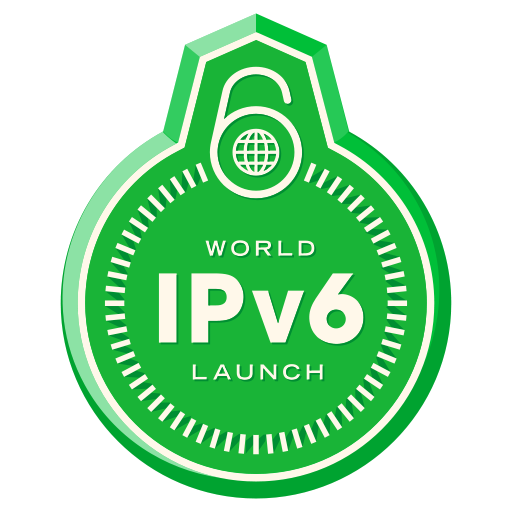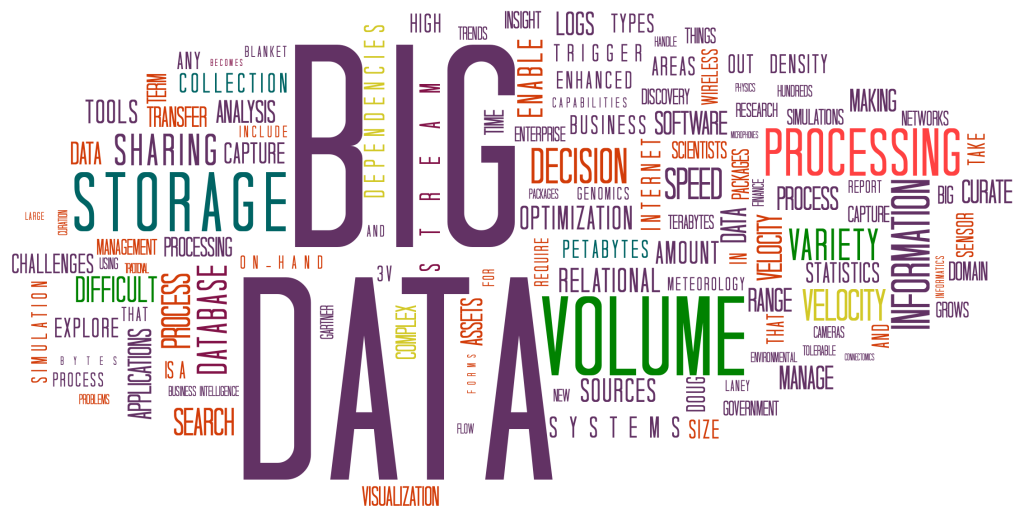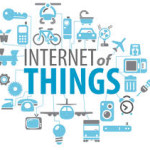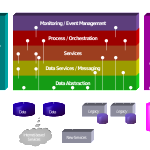Internet of Things: A comprehensive checklist of IoT skills
Device Management

An IoT consultant needs to be aware of the functions and workings of various hardware involved in typical IoT solutions. You should gain intermediate to expert-level knowledge of frameworks, programming, and other tools required for the integration, analysis, and reporting of IoT networks and data sets. Choose the following to get started:
1. Embedded design
As the software development teams reach out in the IoT domain, IoT teams need to have a member with experience in the design and implementation of embedded software. Microprocessor fundamentals and an electronics background provide skill depth to the team.
Linux, Windows 10 Embedded
2. Raspberry pi
This is a $30 computer just like any serious computer. With an HDMI port, keyboard, mouse, etc. You can run Linux on it, or Android, or very soon, Windows 10.
3. Arduino
This is a little module (circuit board) that can Wi-Fi-enable any electronic device. It gives you a few I/O pins to turn things on or off (or to read data from them) and to communicate. The cool thing is that it costs less than 5$ and runs off 2x 1.5v batteries.
4. Micro Electro Mechanical Systems (MEMS)
Sometimes referred to as Microsystems technology or micro-machined devices, MEMS technology is about mechanical and electro-mechanical components of larger devices and structures that are very small, hence the term “micro”. These components are extremely compact and miniature by using micro-fabrication techniques. Various electronic devices such as sensors and transducers uses MEMS. There are several devices that make use of these micro-components, such as pressure, temperature, magnetic forces, and radiation sensor equipment.
5. Wireless Sensor Network Design
A sensor device may or may not require physical contact with a body to sense the attributes. For example, weighing an object requires physical contact with the object to gauge its weight. However, sensors used to detect & report light, temperature, pressure, sound or radiation are wireless sensors that are generally spatially distributed, hence they operate as autonomous sensing devices.
6. Quality Assurance and Testing
As the internet of things is maturing, thousands of devices are being added to the network every day. The process of sending, receiving, and processing data is continuous. All of this serves one purpose, and that is to meet the demand of businesses and consumers. Hence, when working commercially, it is important to maintain the quality standards of the devices and the integration.
7. Sensor Data Analysis
It’s not only about the deployment of things, but to analyze the data that such things produce so that we make the data available for human processing, storage, and reporting.
8. Data Centre Management
Huge data sets mean large, complicated storage and multiplicity of data servers (in case you are handling large volumes of data) and a data center of the business you are providing consultation for. It is important for you, or someone in your team to have a working knowledge of data centers and their management.
Gateways and Integration

When we speak of the Internet of things, we are talking about a plethora of devices from computers and peripheral devices to point-of-sale and vending machines, and their integration using complex protocols and programming. There are gateways for data transfer between one device to another device. The complicated web of connectivity of these “things” needs an expert level of knowledge for the consultant who is dealing with such a network. Different devices need different tools and techniques for integration. To bridge M2M, IoT, and Big Data, there are several technologies, so knowing these technologies can help you decide the best solution for a particular network of things.
9. MQTT
MQTT (MQ Telemetry Transport) is a lightweight messaging protocol that is used on top of the TCP/IP protocol to help IoT devices directly talk to each other. In other cases, these devices feed their data to servers in the cloud that aggregate, filter, and publish this data. Protocols like MQTT are noteworthy since they provide a standard way of getting information from sensors.
10. TCP/IP
Each computer connected over the internet has a copy of the TCP/IP program. Both TCP/IP and MQTT allow bidirectional communication between things.
11. iPV4 & iPV6
Ipv4 is the most widely used IP and most of the internet traffic is on Ipv4. However, as billions of devices may get connected in the coming years, the need for a new protocol has come in the shape of Ipv6. This will help the rapid growth of both data traffic over the internet and the number of internet-connected hosts.
12. Programming skills
Java, HTML, Javascript, C++
BI Presentation

Having strong skills in business intelligence is a must for an IoT consultant. There are various tools and techniques which are desirable for you to opt for to provide optimized services to your clients.
13. JIRA and Confluence
As a consultant, proficiency in software testing tools such as JIRA and confluence comes in handy when your team is testing IoT applications or verifying that an IoT gadget (or a network of gadgets) can register to the network and data connection.
14. Cognos and Tableau
Apart from these tools, your team should be comfortable working in Cognos or Tableau.
15. Econometrics
Have someone on your team that has sound knowledge of econometrics. It is desirable for an IoT team to be able to tackle huge data sets of IoT.
16. SSAS, SSIS, and SSRS
There are various database management tools such as SQL Server Analysis, Integration, and reporting services (SSAS, SSIS, and SSRS respectively). These tools will assist and help you right from the beginning of deployment till the end. The reporting tools are very useful in the development and management of reports of an organization. Similarly, SSIS and SSAS come in handy when analysis and integration of these large data sets are required by the companies.
17. Advanced SQL and SaS
SaS are statistical analytic systems that perform analysis at various levels in a large data set. This includes a variety of modules such as business intelligence, data management, and predictive analysis. SaS and advanced SQL have wide applications in the IoT domain. As a consultant, possessing knowledge in this area will always be a plus point.
18. Predictive Analytics
Predictive data and analytics are now being considered the backbone of IoT. More and more devices are part of the Internet of Things now and this is rapidly growing. Over the next few years, the internet will be full of information from various devices across the world, and businesses will be more concerned about what they should be doing with this plethora of information.
Big Data

An IoT team working for an enterprise client needs to have a strong grip on various databases and programming tools. Essentially, these include Apache Hadoop, NoSQL, Machine Learning, and data mining.
19. Apache Hadoop
Apache Hadoop is a software framework that is written in Java. The open-source framework uses for the storing and processing of distributed storage with very large data sets. It implements on networks that are built on a very large scale and at a very low cost. Such attributes of Apache Hadoop make it highly desirable. There are various programming modules of Apache Hadoop such as HDFS, MapReduce, Flume, Oozie, Hive, Pig, HBase, and YARN that someone in an IoT development team needs to have expertise in.
20. NoSQL & NewSQL
Understanding database management systems is very important for an IoT consultant. As businesses grow and expand into various dimensions, the need for scaling database management systems has increased as compared to old-school relational database management systems. NoSQL and NewSQL provide an alternative scale-up database management to the traditional DBM solutions.
21. Machine Learning (ML) and Data Mining
Massive data sets in the Internet of Things make the network too complex dealing with, tracking, or analyzing by humans. An IoT team developing enterprise-grade projects needs to be good at machine learning and data mining techniques to be able to handle huge data sets effectively.
22. SQL
Nevertheless, the old grandfather of languages is still used widely in relational database management systems. IoT consultants should always keep SQL in their pool of expertise.
You may like
IoT Power monitoring for Home Automation





